Japanese Bobtail Cat
Japanese Bobtail Cat
America’s Lucky and Playful Feline
1. Introduction to the Breed
The Japanese Bobtail, securing the #40 spot among the top cat breeds owned by Americans in 2024, is a lucky and playful feline renowned for its pom-pom-like tail and lively personality. Known for their charming appearance and sociable nature, Japanese Bobtails are ideal for owners seeking an energetic, friendly companion. Their sleek coat and agile demeanor make them perfect for dynamic households, from urban apartments to suburban homes, where their joyful antics and warmth bring luck and delight.
2. History of the Breed
Originating in Japan over 1,000 years ago, Japanese Bobtails are steeped in cultural lore, considered symbols of good fortune and depicted in art like the iconic Maneki-neko (beckoning cat). Their short, bobbed tails result from a natural genetic mutation. Imported to the United States in the 1960s, they were refined by breeders to maintain their unique traits. Recognized by the Cat Fanciers’ Association (CFA) in 1976, Japanese Bobtails gained popularity for their beauty in cat shows and as family pets, their lucky heritage adding to their charm.
Fun Facts
- Lucky Symbol: Japanese Bobtails inspired the Maneki-neko, a popular figurine believed to bring prosperity, often seen in Japanese shops and homes.
- Historical Art: They appear in ancient Japanese woodblock prints, showcasing their cultural significance as cherished companions.
- Vocal Tradition: Bobtails are known for their “singing” meows, with a melodic quality that Japanese folklore links to storytelling cats.
- Tricolor Preference: The mi-ke (calico) pattern is especially prized in Japan, believed to bring extra luck to households.
3. Physical Characteristics
- Typical Size and Weight: Japanese Bobtails are medium-sized, standing 8–9 inches tall at the shoulder and weighing 6–10 pounds (males) or 5–8 pounds (females), with a slender, athletic build.
- Coat and Color: Their coat, short or semi-long, is sleek and soft, in colors like calico (mi-ke), tabby, solid, or bicolor, often with white as a base. The coat sheds minimally.
- Distinctive Features: Japanese Bobtails have a triangular head, large, oval eyes (often blue or odd-eyed), and upright ears. Their short, pom-pom tail and long legs enhance their playful, rabbit-like appearance.
4. Personality Traits
Japanese Bobtails are playful, affectionate, and intelligent, with a lively personality that makes them exceptional companions. They form strong bonds with owners, enjoying interactive play with children or familiar pets, though their hunting instincts may lead to chasing smaller animals. Their vocal nature, with melodic meows or chirps, reflects their communicative spirit. Japanese Bobtails are energetic and curious, suiting active owners who can provide stimulation to prevent boredom-driven behaviors like scratching or excessive exploration.
5. Care Requirements
- Exercise Needs: Japanese Bobtails need 30–45 minutes of daily play, including chasing toys, climbing cat trees, or interactive games like laser pointers. Mental stimulation through puzzle toys or window perches keeps their sharp minds engaged.
- Grooming Needs: Their coat requires brushing once weekly for short-haired or 2–3 times for semi-long to prevent matting. Regular ear cleaning, nail trimming, and dental care maintain health, as they’re prone to dental issues.
- Dietary Considerations: A high-protein diet supports their lean build and high energy. Portion control prevents obesity, and foods with omega fatty acids enhance coat health. Fresh water is essential for their active lifestyle.
6. Health and Lifespan
Japanese Bobtails have an average lifespan of 12–16 years. Common health issues include dental disease, obesity, and rare genetic conditions like polycystic kidney disease (PKD) in some lines. Regular vet checkups, dental screenings, and a healthy lifestyle mitigate risks. Owners should monitor for dental discomfort, weight gain, or lethargy and ensure a balanced diet to support overall health. Genetic testing from breeders reduces hereditary concerns, though the breed is generally hardy.
7. Training and Socialization
Japanese Bobtails are intelligent and cooperative, excelling at tricks like “fetch” or “jump” with positive reinforcement using treats or play. Their playful nature makes training engaging, though their energy requires consistent boundaries. Early socialization ensures comfort with strangers, children, and other pets, reducing wariness or chasing instincts. Teaching behaviors like using a scratching post or litter box habits is straightforward due to their quick learning. Interactive play or training prevents boredom-related mischief like excessive climbing.
8. Ideal Home Environment
Japanese Bobtails thrive in active homes with secure indoor spaces, ideal for urban apartments or suburban settings where they can play and explore. They suit families or individuals who enjoy interactive play or training. Cat trees, window perches, and open spaces satisfy their energetic, curious nature. Owners should provide a stimulating environment with toys and scratching posts to channel their energy and prevent destructive behaviors, ensuring a nurturing setting for their sociable nature.
9. What’s the Best Toy for My Japanese Bobtail?
Japanese Bobtails enjoy toys that suit their playful, energetic nature and agile build. Sturdy feather wands encourage leaping and pouncing, providing 15–20 minutes of interactive play to satisfy their hunting instincts. Small, durable balls for batting or chasing tap into their energetic spirit, ideal for 15–20 minute sessions in a secure space. Soft plush toys for wrestling mimic prey, perfect for 10–15 minute play bursts, with supervision to prevent tearing. Interactive puzzle toys with treat compartments engage their intelligence, keeping them occupied indoors for 15–20 minutes. Avoid small, easily swallowed toys to prevent choking. Rotate toys regularly and pair with laser or chasing games for engagement.
10. Adoption and Breeder Tips
Choose breeders affiliated with the CFA or Japanese Bobtail breed clubs, ensuring health clearances for dental, kidney (PKD), and general conditions. Visit the breeder to assess kitten health, meet parents for temperament and tail insights, and confirm ethical practices, including socialization and clean facilities. Rescues like Japanese Bobtail-specific organizations or local shelters offer adoptable cats, often with known histories. Avoid unregulated breeders or pet stores, as careful breeding ensures health. Ask about genetic testing, socialization, and activity needs to ensure a healthy, well-adjusted cat.

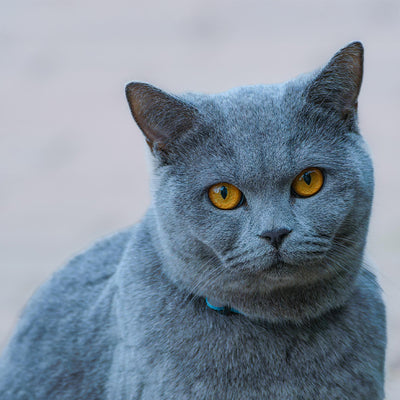
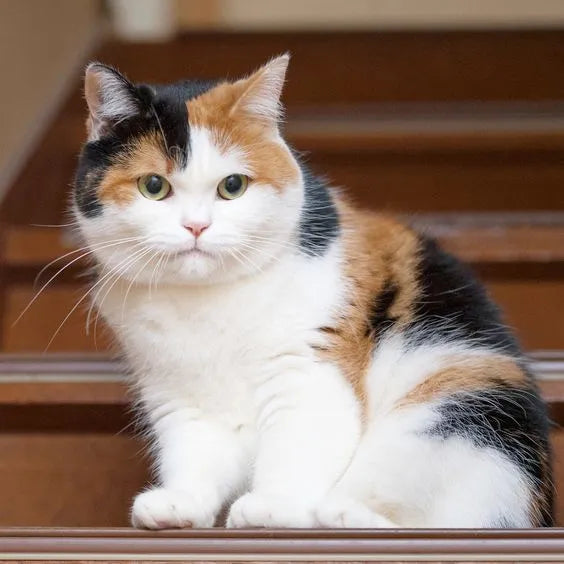
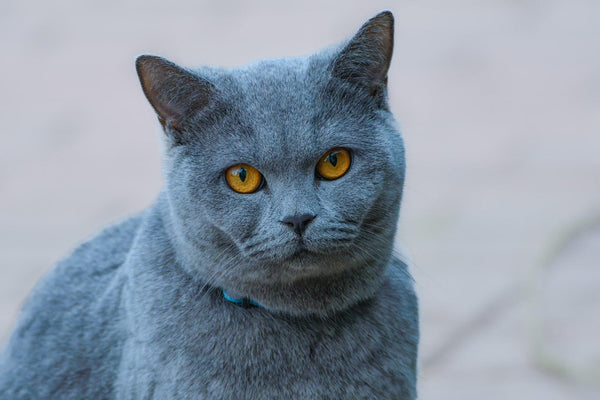
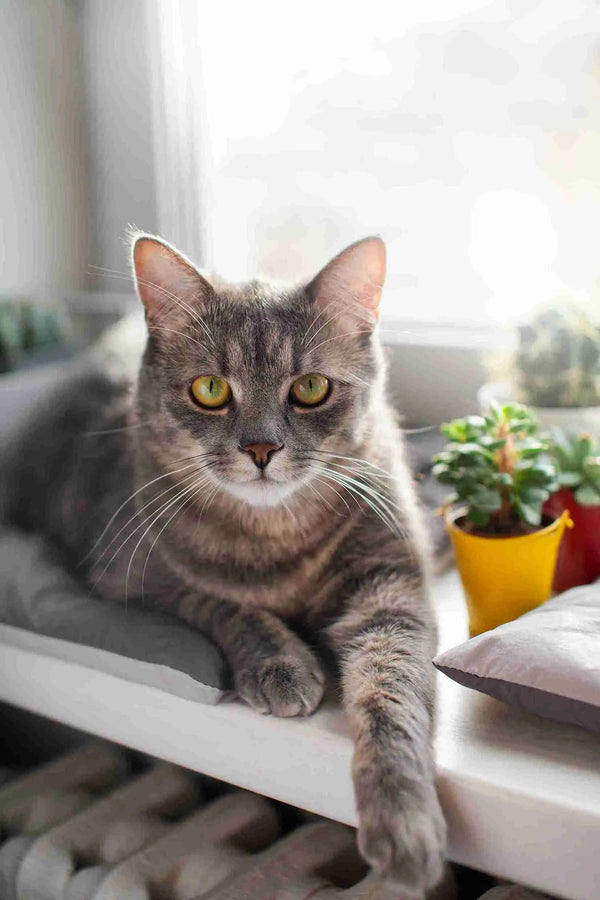
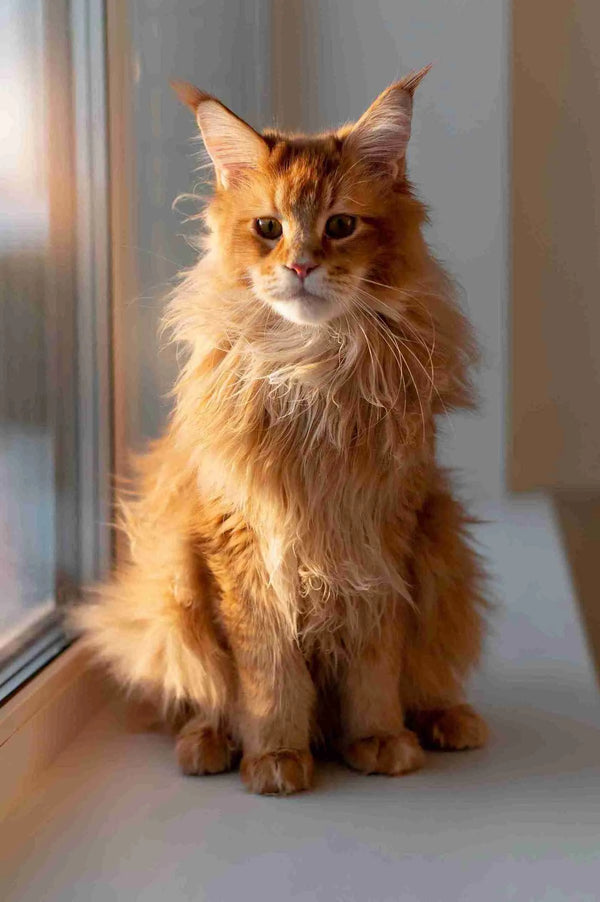
0 comments